Universal Cream Bottle Cover

In the field of contemporary cosmetic packaging, vacuum preservation technology has become the gold standard for protecting products with high active ingredients. Electrochemical aluminum vacuum bottles not only perfectly solve the oxidation and pollution problems of traditional packaging by integrating advanced material science and precision engineering technology, but also elevate functional packaging to the level of art through innovative surface treatment processes. This new packaging solution with both technological content and aesthetic value is reshaping the quality standards of the high-end skin care market.
Material innovation and surface engineering breakthrough
The electrochemical treatment process gives aluminum vacuum bottles excellent surface properties. Under the action of a high-voltage pulsed electric field, the micro-arc oxidation technology in situ grows a ceramic-textured oxide layer on the surface of the aluminum substrate. Its microhardness can reach 2-3 times that of traditional anodizing treatment. It has been tested to effectively resist mechanical damage such as key scratches in daily use. The precisely controlled anodizing process can construct a multi-level pore structure on the surface by adjusting the electrolyte composition and current waveform. These nano-scale pores not only provide a carrier for subsequent coloring, but also significantly improve the adhesion of the surface coating through capillary action. The special electrolytic coloring technology breaks through the limitations of traditional dyeing. Through the electrodeposition of metal ions, a gradient effect from champagne gold to titanium gray is achieved. The color change ΔE<1.5 is confirmed by a 500-hour xenon lamp aging test, far exceeding the industry standard.
The selection of aluminum alloy substrates has been strictly scientifically verified. 5052 aluminum alloy is the first choice due to its excellent deep drawing performance and corrosion resistance. After special annealing treatment, its elongation can reach more than 25%, ensuring that no cracks will be generated when deep drawing complex curved surfaces. The grain size of the material is controlled in the ASTM 7-8 range, and the tensile strength is stabilized in the range of 270-310MPa by adding trace rare earth elements to refine the grains. In order to meet medical-grade safety standards, the content of heavy metals such as lead and cadmium in the raw materials is controlled below the ppm level, and batch testing is carried out by ICP-MS.
Precision structure and vacuum preservation system
The bottle structure design reflects the exquisite conception of mechanical engineering. The integrated bottle body is formed by a multi-pass deep-drawing process, and the wall thickness deviation is controlled within ±0.03mm. This precision manufacturing ensures the reliable operation of the vacuum system. The radial reinforcement rib structure at the bottom is optimized through finite element analysis. While maintaining lightweight, the compressive strength is increased by more than 40%. The triple sealing structure at the bottle mouth includes metal threads, elastic sealing rings and pressure balance grooves. The -90kPa negative pressure test confirms that its sealing performance far exceeds that of conventional packaging.
The core of the vacuum preservation system lies in precise mechanical coordination. The friction coefficient between the ceramic-coated piston and the inner wall of the borosilicate glass is controlled below 0.15 to ensure that the pressing smoothness meets the medical-grade device standards. The patented one-way valve is made of medical-grade silicone and can be opened under a force of 0.5N, but can withstand a reverse pressure of 3Bar without leakage. The residual volume control mechanism uses a unique inclined surface design to increase the product utilization rate to more than 98%, far exceeding the industry average of 85%. The pressure balance device has a built-in micro breathable membrane, which can automatically adjust the internal and external pressure difference to avoid leakage caused by altitude changes.
Strict performance verification system
A comprehensive test plan has been established to ensure the reliability of the packaging in various environments. The mechanical strength test simulates extreme transportation conditions. The packaging needs to be frozen at -20℃ for 12 hours and then fall from a height of 1.8 meters to the surface of the steel plate without breaking. The sealing durability test requires that the vacuum degree decay of the sample does not exceed 15% after being stored in an environment of 40℃ and 75%RH for 90 days. The cyclic pressing tester works continuously for 72 hours at a frequency of 2 times/second to verify the performance stability of the system after 5000 uses.
The chemical compatibility test covers various formula characteristics. After the packaging is immersed in a buffer solution of pH2-10 for 30 days, the aluminum ion migration is detected by inductively coupled plasma mass spectrometry, and the results are all less than 0.1ppm. The organic solvent test uses common cosmetic solvents such as ethanol and glycerin to evaluate the swelling rate of the material under accelerated aging conditions. For products containing active ingredients such as vitamin C and retinol, the degradation rate of ingredients within 6 months was monitored by HPLC, which confirmed that the vacuum environment can effectively reduce the loss of active ingredients.
Closed-loop model for sustainable development
The material recycling system achieves efficient resource utilization. Laser-assisted sorting technology ensures that the purity of recycled aluminum reaches more than 99.7% through characteristic spectral identification. The innovative electrolytic stripping process can remove the surface treatment layer without damaging the substrate, so that the aluminum can be reused more than 5 times. After the recycled aluminum is treated by a special smelting process, the mechanical properties are restored to 95% of the level of new materials, which fully meets the requirements for packaging use.
The production process implements the concept of green manufacturing. The electrolyte online regeneration system reduces chemical consumption by 80% through ion exchange technology. The wastewater treatment adopts a combination of reverse osmosis and electrodialysis to achieve a water reuse rate of more than 90%. The energy management system reduces production energy consumption to 1.8kWh/kg aluminum by recovering the waste heat of the electrolytic cell. The entire life cycle assessment shows that the carbon footprint is reduced by 52% compared with traditional packaging, and it has obtained Cradle to Cradle Silver certification.
Innovative applications in the high-end market
In the field of professional skin care, this type of packaging is playing a unique role. Products with light-sensitive ingredients use the complete light-proof properties of aluminum to extend the half-life of active ingredients by 3-5 times. Ampoule products achieve medical-grade standards for aseptic access by integrating a fracture-type opening system. Luxury brands use the uniqueness of electrochemical coloring to develop anti-counterfeiting packaging with fingerprint recognition functions, and each product has unique surface microstructure characteristics.
User experience research guides continuous innovation. The design of pressing force optimized by electromyography testing reduces usage fatigue by 60%. The tactile feedback system achieves blind operation recognition through the careful design of surface microtextures. The temperature sensing prompt technology uses smart coatings to automatically change color when the product exceeds the storage temperature. These detailed designs upgrade the packaging from a simple container to an important part of the product experience.
Future-oriented intelligent evolution
The next generation of products will deeply integrate digital technology. Embedded micro sensors can monitor the oxidation state of the contents in real time and intuitively display the freshness of the product through color changes. The near-field communication chip stores complete supply chain information, and consumers can obtain raw material traceability and usage records by scanning the code. The self-powered system uses mechanical energy from pressing to generate electricity, providing energy for the smart display and achieving a completely battery-free design.
Surface functionalization research opens up new possibilities. The self-healing oxide layer can automatically release the repair agent at the scratch through microencapsulation technology. The photocatalytic coating decomposes organic pollutants under sunlight to keep the packaging clean for a long time. Antibacterial silver particles are evenly distributed on the surface through electrochemical deposition, providing 24-hour antibacterial protection. Thermochromic materials create dynamic visual effects and show color gradients during use.
The electrochemical aluminum vacuum bottle represents the highest level of cosmetic packaging technology. It is not only a product protector, but also a carrier of science and technology and art. With the development of material innovation and intelligent technology, this type of packaging will continue to break through the boundaries of imagination, set a new quality benchmark for the high-end cosmetics market, and also provide a model for sustainable development practices. In this era of experience first, it is becoming an important link between product value and consumer emotion.
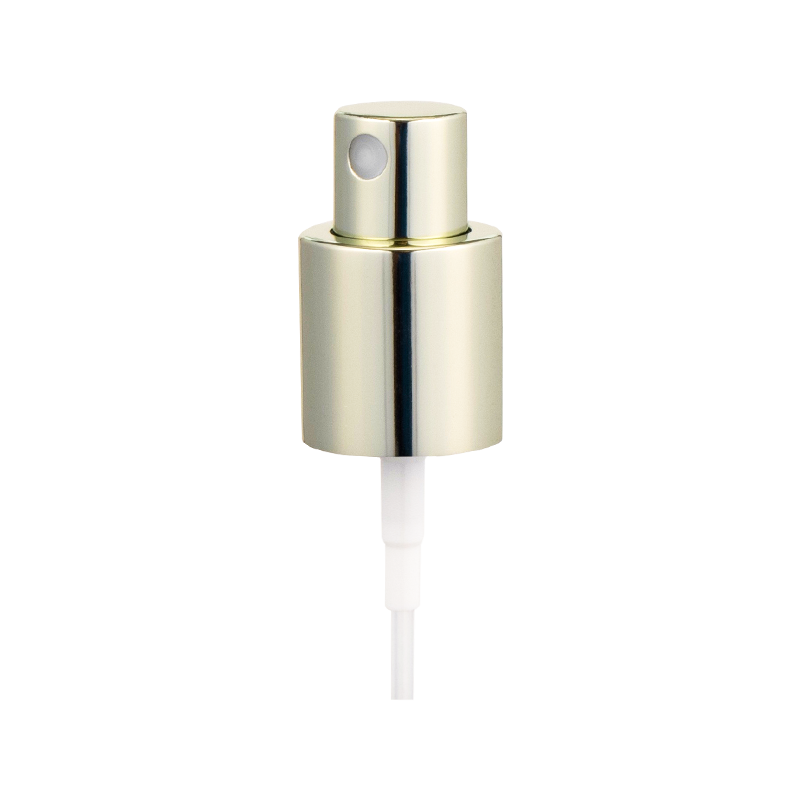
The Electrochemical Aluminum Mist Spray Pump: A Technological Revolution or Inevitable Industry Evolution?
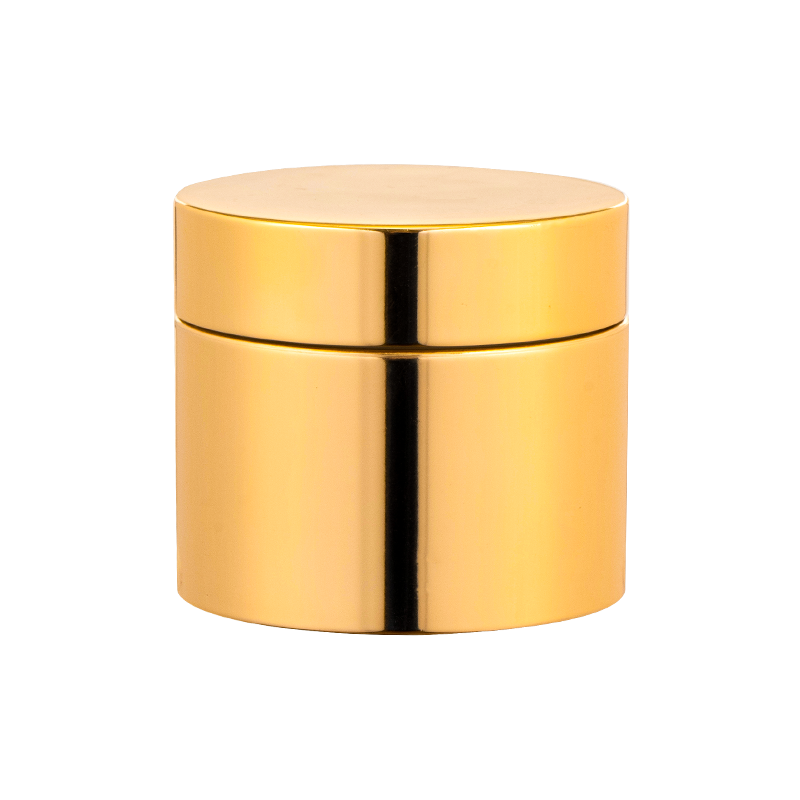
Electrochemical aluminum face cream bottle: a revolutionary work of cosmetic packaging
News Categories
Recent Posts
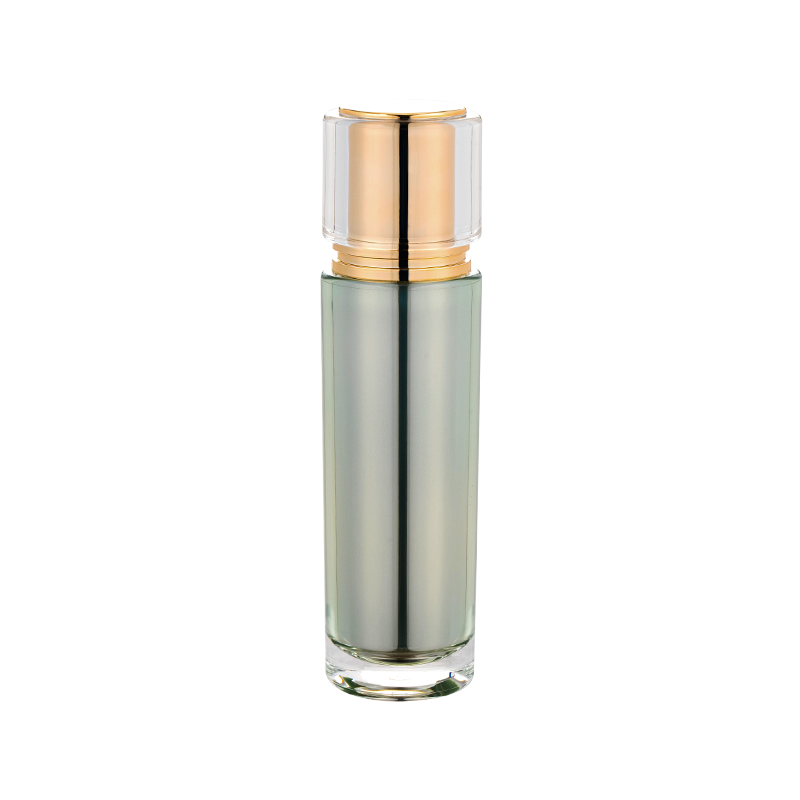
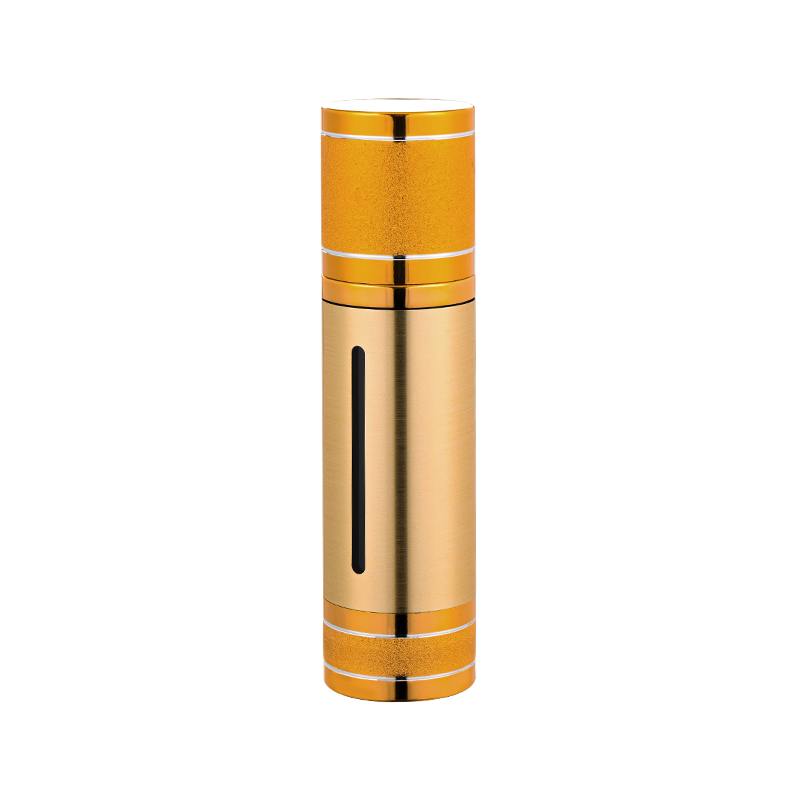
Dec 17,2025
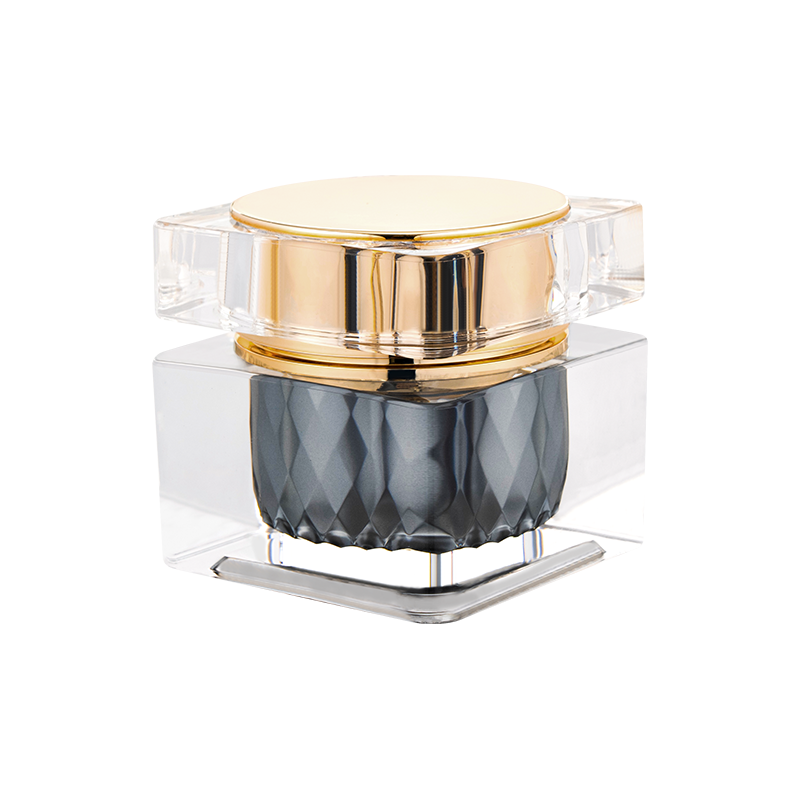
Dec 10,2025